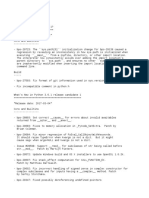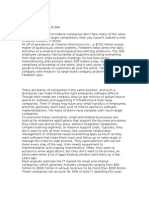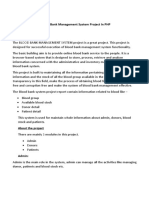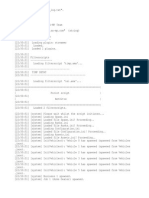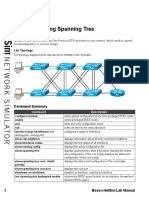0% found this document useful (0 votes)
65 views14 pagesMs Word Project
The document is a project report submitted by students Akash Sharma, Jebial swargiary, and Yuvraj Nath on the topic of internet in daily life. It includes sections on the history, users, advantages of internet use, and whether artificial intelligence can replace human intelligence. Tables show increasing global internet users from 2001-2022, with Asia having the highest number of users currently. The internet allows flexibility in work location and access to education materials. While AI can perform some tasks usually requiring human intelligence, it has not been able to fully replace human intelligence.
Uploaded by
Lol GamingCopyright
© © All Rights Reserved
We take content rights seriously. If you suspect this is your content, claim it here.
Available Formats
Download as DOCX, PDF, TXT or read online on Scribd
0% found this document useful (0 votes)
65 views14 pagesMs Word Project
The document is a project report submitted by students Akash Sharma, Jebial swargiary, and Yuvraj Nath on the topic of internet in daily life. It includes sections on the history, users, advantages of internet use, and whether artificial intelligence can replace human intelligence. Tables show increasing global internet users from 2001-2022, with Asia having the highest number of users currently. The internet allows flexibility in work location and access to education materials. While AI can perform some tasks usually requiring human intelligence, it has not been able to fully replace human intelligence.
Uploaded by
Lol GamingCopyright
© © All Rights Reserved
We take content rights seriously. If you suspect this is your content, claim it here.
Available Formats
Download as DOCX, PDF, TXT or read online on Scribd
/ 14




